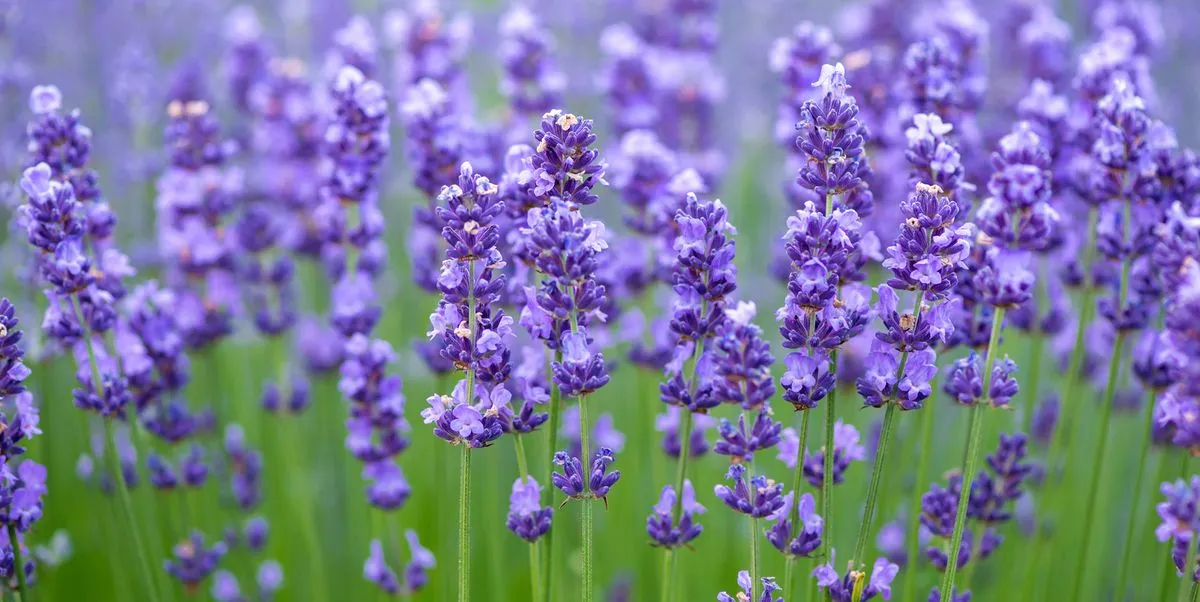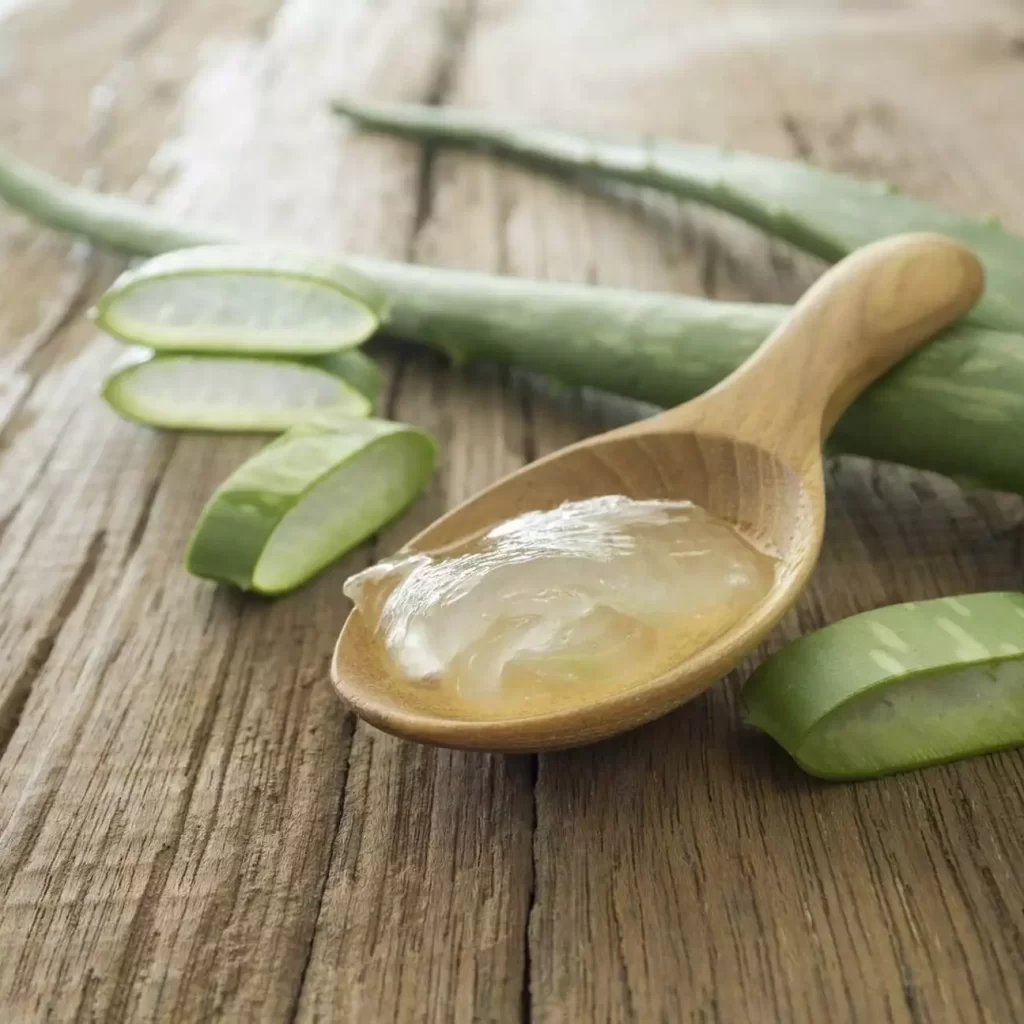A toothache can be caused bacteria infecting the tissue at the root of the tooth, dental cavities,...
Read MoreHerbal Medicine - Benefits, Importance, and Risks
Introduction
Herbal medicine is the use of a plant’s seeds, berries, roots, leaves, bark, or flowers for medicinal purposes.
A botanical is a plant or plant part that has medicinal or therapeutic properties, as well as flavor and/or scent.
Herbal products, botanical products, and phytomedicines are all terms for products made from botanicals that are used to maintain or improve health.
Around 25% of all drugs prescribed worldwide are thought to be derived from plants, with 121 active compounds in use.
In the United States, 13 drugs derived from natural products were approved between 2005 and 2007.
Currently, more than 100 natural product-based drugs are being studied in clinical trials, and of the 252 essential medicines listed by the World Health Organization (WHO), 11% are exclusively derived from plants.
Therapeutic Agents Used in Herbal Medicine
Chemical compounds are produced by all plants as part of their normal metabolic activities.
These phytochemicals are classified as either primary or secondary metabolites.
Sugars and fats are primary metabolites found in all plants.
Secondary metabolite compounds are found in a smaller range of plants that serve a more specific function.
Some secondary metabolites are toxins used to deter predation, while others are pheromones used to attract pollinating insects.
Secondary metabolites and pigments can also have therapeutic effects in humans and can be refined to make drugs.
Examples include quinine from the cinchona, digoxin from foxglove, morphine, and codeine from poppy and inulin from dahlia roots.
Plants produce a wide range of phytochemicals, including alkaloids, phenolics, glycosides, and terpenes.
a. Alkaloids
Alkaloids are a class of chemical compounds with a nitrogen ring.
There is a wide range of organisms that can produce alkaloids including bacteria, fungi, plants, and animals.
They commonly have pharmacological effects and are used as both medicines and recreational drugs.
Examples of Alkaloids and Uses
- Cocaine, caffeine, and nicotine are used as local anesthetics and stimulants.
- Morphine used as analgesic.
- Vincristine is an anti-cancer compound.
- Reserpine is used as an antihypertensive agent.
- Quinidine is an antiarrhythmic compound.
- Ephedrine used in asthma.
- Quinine is an antimalarial drug.
b. Polyphenols
Polyphenols, also known as phenolics, are compounds that contain phenol rings.
Some examples of phenolics are anthocyanins in grapes, isoflavones, phytoestrogens in soy, and tannins in tea.
c. Glycosides
Glycosides are molecules that contain a sugar linked to a non-carbohydrate moiety, which is typically a small organic molecule. Glycosides play several important roles in living organisms.
Many plants store chemicals as inactive glycosides that can be activated by enzyme hydrolysis to break down the sugars and release valuable chemicals.
Many plant glycosides are used as medicines. Poisons are frequently bound to sugar molecules in both animals and humans as part of their elimination from the body.
d. Terpenes
Terpenes are a large and diverse class of organic compounds produced by a wide range of plants, particularly conifers, which are often strongly scented and may have a protective function.
Terpenes are important biosynthetic building blocks in nearly all living organisms.
Steroids, for example, are triterpene squalene derivatives.
Terpenoids are compounds that are formed when terpenes are chemically modified, such as by oxidation or rearrangement of the carbon skeleton.
Terpenes and terpenoids are the primary constituents of many types of plants and flowers’ essential oils.
Essential oils are widely used as natural flavoring agents in food, fragrances in perfumery, and in traditional and alternative medicine, such as aromatherapy.

Monoterpenes are responsible for the fragrance of rose and lavender.
Evidence-Based Therapeutic Uses in Herbal Medicine
Herbs are used to treat chronic and acute conditions such as cardiovascular diseases, prostate problems, depression, inflammation, and to boost the immune system.
Morphine, the first pharmacologically active pure compound, was produced from opium extracted from seeds pods of the poppy Papaver somniferum.
This discovery demonstrated that drugs derived from plants can be purified and administered in precise dosages regardless of their source or age.
The discovery of penicillin aided this approach. With this ongoing trend, products derived from plants and natural sources (such as fungi and marine microorganisms) or analogs inspired by them have made significant contributions to today’s commercial drug preparations.
Examples of Therapeutic Uses in Herbal Medicine
- Penicillin and erythromycin are used as antibiotics.
- Digoxin from foxglove (Digitalis purpurea) is used as a cardio stimulant.
- Salicylic acid, a precursor of aspirin, is derived from willow bark (Salix spp.).
- Reserpine is used as an antipsychotic and antihypertensive drug from Rauwolfia spp.
- Antimalarials such as quinine from Cinchona.
- Lipid-lowering agents (e.g., lovastatin) from a fungus.
Herbal Medicine and Cancer
More than 60% of cancer therapeutics on the market or in development are based on natural products.
More than 70% of the 177 cancer drugs approved worldwide are based on natural products or mimetics, many of which are improved with combinatorial chemistry.
Cancer therapeutics from plants include: –
- Paclitaxel, isolated from the Pacific yew tree.
- Camptothecin, derived from the Chinese “happy tree” Camptotheca acuminataand used to prepare irinotecan and topotecan.
- Combretastatin, derived from the South African bushwillow.

Herbs used for medicinal purpose
Risks and Safety Profile in Herbal Medicine
Many people mistakenly believe that products labeled “natural” are always safe and beneficial to their health.
This is not always true. Herbal medicines are not subjected to the same testing as pharmaceutical drugs.
One of the most common issues with herb use is that people don’t think about how they might interact with any prescription drugs they’re taking, or with one another.
Many plants are extremely toxic. Herbal medicine is likely to be more dangerous in terms of side effects and interactions than any other complementary therapy.
There have been reports of serious side effects following the use of herbal products.
In the majority of cases, the herbs were self-prescribed and purchased over the counter or from a source other than a licensed practitioner.
Patients who take herbal preparations regularly should be closely monitored and have access to appropriate biochemical monitoring.
Information on the prevalence of adverse effects is limited, as it is with many complementary therapies. Pregnant women should probably avoid using herbal remedies.
People who are considering using herbal medicine should seek out information from reliable sources first.
In drug development strategies for herbal medicines, safety must come first.
Herbal products, unlike pharmaceutical drugs, are not regulated for purity and potency.
Only medicines must be proven to be safe before being released onto the market, according to FDA regulations.
Herbal medicines are commonly sold as food supplements, but there is no standardized regulatory framework across countries. As a result, the traditional experience available in each place has an impact on information on clinical indications for their use, efficacy, and safety.
Herbal products are not considered medicines as long as they are not sold for the prevention of any disease.
Summary
Herbal medicine is the use of a plant’s seeds, berries, roots, leaves, bark, or flowers for medicinal purposes.
Around 25% of all drugs prescribed worldwide are thought to be derived from plants, with 121 active compounds in use.
Plants produce a wide range of phytochemicals, including alkaloids, phenolics, glycosides, and terpenes.
Herbs are used to treat chronic and acute conditions such as cardiovascular diseases, prostate problems, depression, inflammation, and to boost the immune system.
More than 60% of cancer therapeutics on the market or in development are based on natural products.
People mistakenly believe that products labeled “natural” are always safe and beneficial to their health.
Many plants are extremely toxic. Herbal medicine is likely to be more dangerous in terms of side effects and interactions than any other complementary therapy.
Patients who take herbal preparations regularly should be closely monitored and have access to appropriate biochemical monitoring.
Pregnant women should probably avoid using herbal remedies.
How useful was this post?
Click on a star to rate it!
Average rating 5 / 5. Vote count: 1
No votes so far! Be the first to rate this post.
I'm sorry that this post was not useful for you!
Let me improve this post!
Tell me how I can improve this post?
References
- Wachtel-Galor, S. (2011). Herbal medicine. Herbal Medicine: Biomolecular and Clinical Aspects. 2nd edition. PubMed
- (PDF) health benefits and possible risks of herbal medicine. ResearchGate. (n.d.) Researchgate
Recent Posts
-
SAPHO Syndrome | Causes, Symptoms, Diagnosis & Treatments
-
Systemic Lupus Erythematosus | Causes, Symptoms & Treatments
-
Gastric Ulcers | Causes, Symptoms, Complications & Treatments
-
Wiskott-Aldrich Syndrome | Causes, Symptoms & Treatments
-
The 4 Stages of HIV Infection | Ultimate Guide
-
Good’s Syndrome | Symptoms, Causes & Treatments
-
Acquired Angioedema | Causes, Symptoms & Treatments
-
Rheumatoid Arthritis | Symptoms, Causes, Diagnosis & Treatments
-
Acute Pancreatitis | Causes, Symptoms, Diagnosis and Treatments
-
Pernicious Anemia | Causes, Symptoms, Diagnosis and Treatments
-
Sickle Cell Anemia | Causes, Symptoms, Diagnosis and Treatments
-
Aplastic Anemia | Causes, Symptoms, Diagnosis and Treatments
-
Diamond Blackfan Anemia | Causes, Diagnosis and Treatments
-
Sideroblastic Anemia | Causes, Symptoms & Treatments
-
Organic Dust Toxic Syndrome (ODTS) | Symptoms, and Treatments




